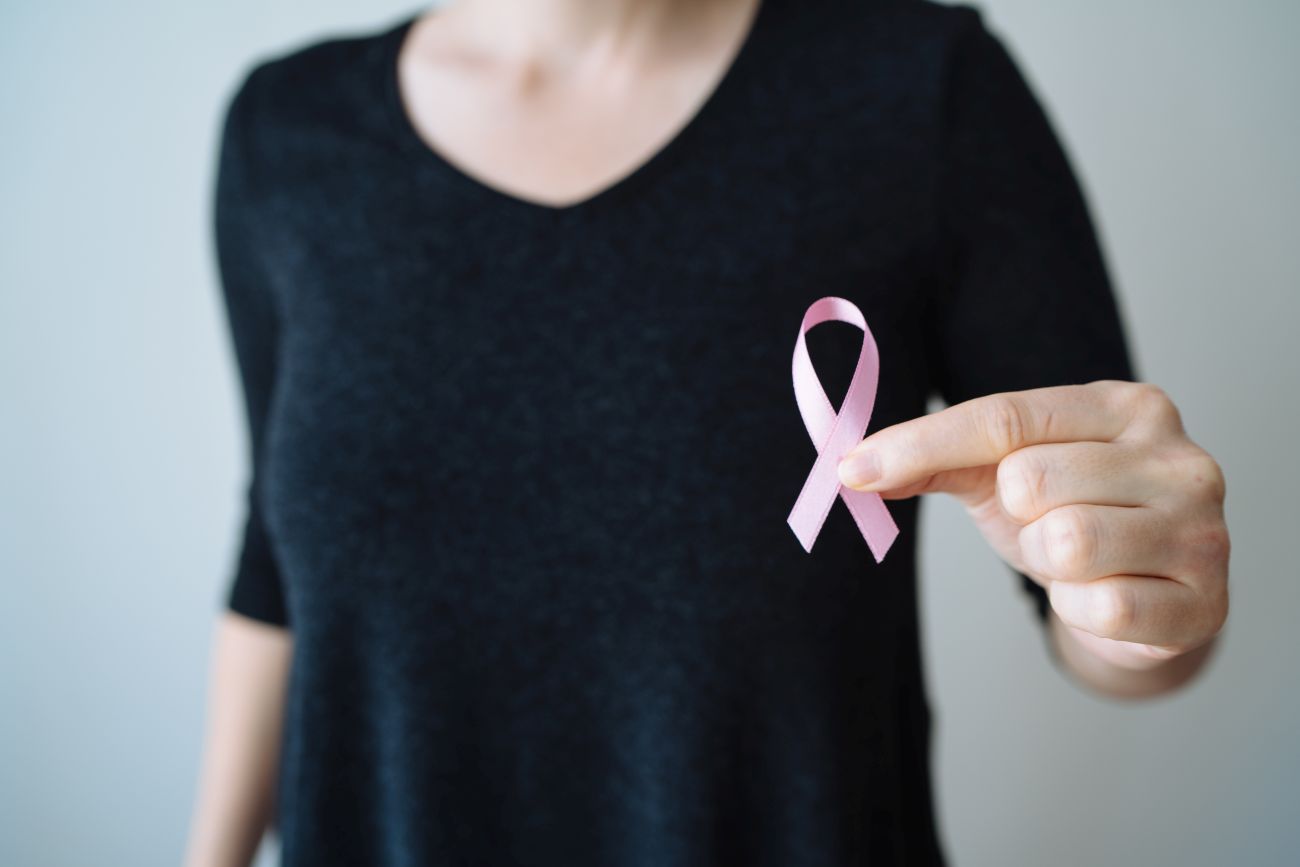Breast cancer is one of the most prevalent cancers, impacting millions of lives across the globe. Recognizing its symptoms, understanding the risk factors, and exploring available treatment options are crucial steps toward early detection and improved outcomes. Common signs include lumps, changes in breast appearance, and unusual discharge. With increased awareness, regular screenings, and proactive care, individuals can significantly enhance their chances of early diagnosis, leading to life-saving interventions and better overall health outcomes.
Signs and Symptoms
If you are in the early stages of breast cancer, you may not have any symptoms. This is most likely a function of the tumor being too small to be palpable, although there is a possibility that an irregularity could show up on X-rays.
If a tumor is indeed palpable, the first sign of breast cancer is generally a newly diagnosed lump in the breast. It could be found through a breast self-exam (BSE) or clinical breast exam (CBE).
Each type of breast cancer can cause a specific set of symptoms, many of which are similar. In addition to a breast lump that doesn’t resolve after your next menstrual cycle, early signs and symptoms for the most common forms of breast cancer may include:
- Breast pain that doesn’t resolve after your next menstrual cycle;
- Breast discharge, which can be clear, brown, yellow, or bloody;
- Changes in the nipple, such as inversion;
- Unexplained changes in the breast or nipple, such as redness, swelling, skin irritation, itchiness, or rash, and;
- A lump or swelling near the collarbone or in the armpit.
It is important to keep in mind that these symptoms can happen with other conditions of the breast that are benign.
Risk Factors
The most significant risk factors for breast cancer are:
- Gender: Although there are rare cases where it has affected men, breast cancer mostly affects women.
- Advancing Age: Approximately 66 percent of invasive breast cancers are diagnosed in women aged 55 or older.
Non-Modifiable Risk Factors
Risk factors that you cannot change are:
- Genetic Mutations: Between five percent and 10 percent of breast cancers can be linked to inherited genetic mutations. The BRCA1 and BRCA2 genes are the most common. Women who have inherited the BRCA1 or BRCA2 gene are not only at increased risk for breast cancer but also at increased risk for ovarian cancer.
- Previous Radiation Therapy or Exposure to Diethylstilbestrol (DES): Women treated with radiation therapy to the chest for cancer prior to the age of 30 are at increased risk of developing breast cancer. DES has not been prescribed to pregnant women to prevent miscarriage since 1971. However, if your mother took this medication during her pregnancy with you, you are at increased risk for breast cancer.
One last non-modifiable risk factor is having dense breasts.
Modifiable Risk Factors
Risk factors for breast cancer that you can change include
- Lack of Physical Activity: It is well-known that the lack of exercise in women can increase their risk of being diagnosed with breast cancer.
- Being Overweight or Obese: Obesity, especially after menopause, can increase your risk of breast cancer.
- Hormone Replacement Therapy (HRT): Some types, including both estrogen and progesterone, can increase your risk of breast cancer if taken for a duration greater than five years.
- Excessive Alcohol Consumption: There is a positive correlation between a woman’s risk for breast cancer and increasing consumption of alcoholic beverages beyond the recommended one drink per day for women.
Screening and Prevention
Breast cancer screening refers to periodic checks of a woman’s breasts for cancer before the appearance of any signs or symptoms of the disease.
The mammogram, or X-ray of the breast, is the best screening test for breast cancer, especially if you are at average risk. If you are at high risk for the development of breast cancer, breast magnetic resonance imaging (MRI) combined with a mammogram is the best screening test. Regular mammograms have the potential to lower your risk of death from breast cancer.
BSE and CBE can be used to screen for lumps in the breast or other changes in the breast suspicious for malignancy. However, performing monthly BSEs or receiving a CBE has not been found to lower the risk of death from breast cancer.
Treatments
There are a variety of treatment options for breast cancer. This includes:
- Surgery;
- Radiation therapy;
- Chemotherapy;
- Hormone therapy, and;
- Targeted therapy.
Most breast cancer patients require a combination of two or more treatments.
Surgery
Surgery for breast cancer includes two options:
- Breast-conserving surgery, and;
- Mastectomy.
The most commonly performed breast-conserving surgery is lumpectomy. Other breast-conserving surgeries for breast cancer include wide excision and quadrantectomy.
Radiation Therapy
Radiation therapy uses high-energy X-rays to kill breast cancer cells. It is usually administered after surgery. Also, it is a fundamental component of breast-conserving therapy.
There are two main kinds of radiation therapy:
- Traditional external beam radiation, and;
- The newer internal radiation.
Chemotherapy
Chemotherapy uses drugs that are toxic to cells to treat breast cancer. It is most commonly administered after surgery but can be given prior to surgery to reduce the size of the tumor. This sometimes allows for breast-conserving surgery rather than a mastectomy.
Hormone Therapy
Most breast cancer cells will be tested for the presence of estrogen receptors and progesterone receptors, which may be fueling the growth of breast cancer tumors. As a result, hormone therapy can block or inhibit these receptors, shrinking and even sometimes eradicating the cancer completely.
Drugs used in hormone therapy include tamoxifen (Nolvadex), leuprolide (Eligard), and aromatase inhibitors.
Outlook
Breast cancer is one of the most commonly diagnosed cancers in women, with African American women more likely to die from the disease. In general, your stage of disease at diagnosis dictates your treatment options. Additionally, early diagnosis and treatment can significantly improve the prognosis for breast cancer patients.
